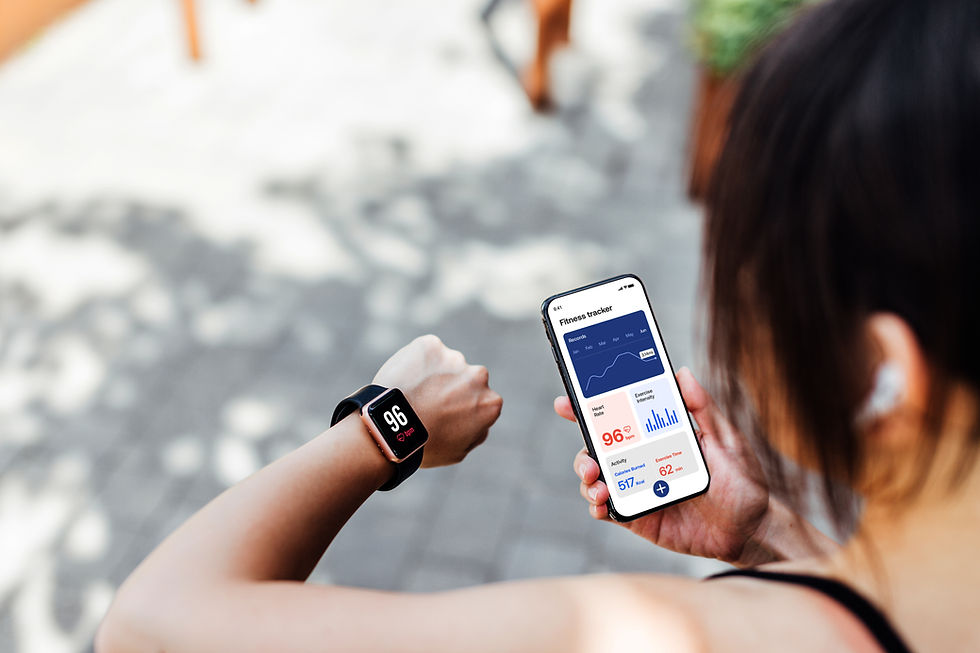SPF Clinical Research Facts You may not Know
- Morgan Carpenter
- Jul 25, 2022
- 2 min read

With the Summer months wearing on, sun protection is more important than ever. The clinical research that goes into skincare products containing SPF has come a long way in the past few decades and revealed some interesting facts you may not know about your go-to sunscreen.
SPF over 50 is Misleading
As the sun protection factor on sunscreen products increases beyond 50, the benefit derived is actually very minimal. For example, an SPF of 100 actually only blocks out one percent more UVB rays, 99% protection compared to the 98% granted by SPF 50.
The FDA has even considered requiring higher SPF products to be labeled 50+ because the higher ratings can be misleading, and cause people to disregard other sun protective measures and put themselves at risk while thinking they are protected.
Waterproof does not exist
Sunscreens cannot be fully water or sweatproof, the formulas can only be water-resistant to a certain degree. All sunscreens can lose their sun protective ingredients in the water, and all should be reapplied after swimming or sweating in order to maintain protection.
You likely aren’t using enough Sunscreen
In order to get fully effective protection that complies with the SPF stated on the sunscreen’s packaging, you should be applying a generous layer of product to your face and body. Many health organizations recommend following the teaspoon and shot glass rule: You should apply about a teaspoon’s worth of sunscreen to your face, and a shot glass amount to the rest of your body.
Want to create your own clinical trial?
Citruslabs provides a simple and affordable way to prove that your products actually work. At Citruslabs, we design a clinical trial that is right for you and your budget, so
you can start sharing research-backed product claims without spending a fortune. We offer the cohesive planning and management required to conduct successful clinical trials, from start to finish. Ready to get started? Let's talk! You can contact us here.



